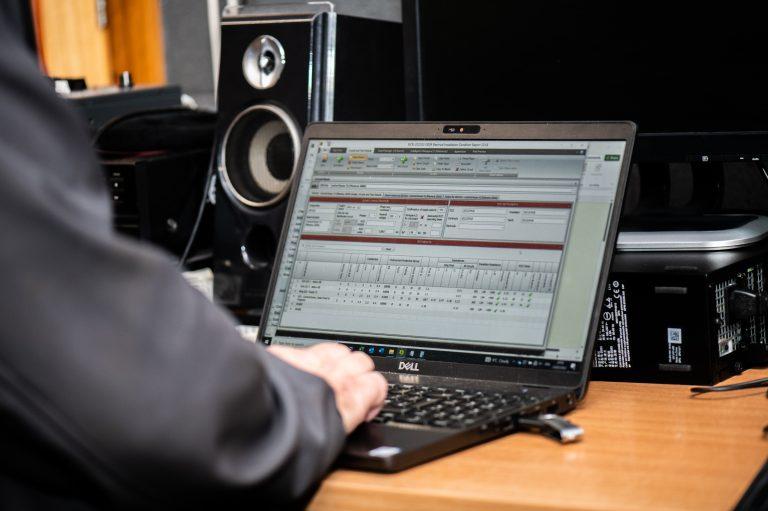Most IT equipment now comes with detachable IEC leads or “kettle” leads as they are commonly called.
There has been some debate if these should be tested as separate items. The latest edition of the Code of Practice for In-service Inspection and Testing of Electrical Equipment looks to clear the debate up.
According to the code of practice “An appliance with a detachable power supply flex (appliance-coupler) should be tested with the code set plugged into the appliance. The cord set should be labelled and then tested separately from the appliance as follows:
A 3-core set should be tested as a Class I appliance
A 2-core set should be tested as a Class II appliance
The following Inspections and Tests should be made:
Visual inspection
Class I – earth continuity, polarity and insulation checks
Class II – polarity and insulation checks
The reason that the cord set is inspected and tested separately from the appliance is that the cord set could be used during the course of the next period to supply a different appliance. For example, if the cord set was 2-core and , during the year, was inadvertently used to supply a Class I appliance, the appliance would be unearthed and present a risk of electric shock.”
Furthermore you are unable to carry out a polarity check is the leads is only tested when plugged into the appliance.




